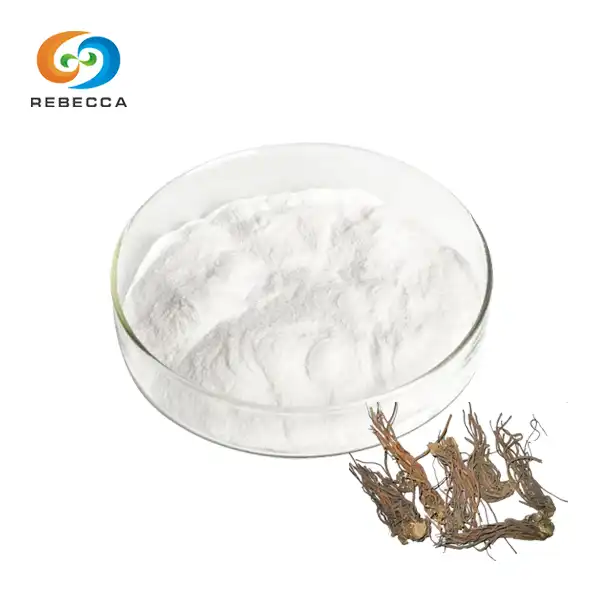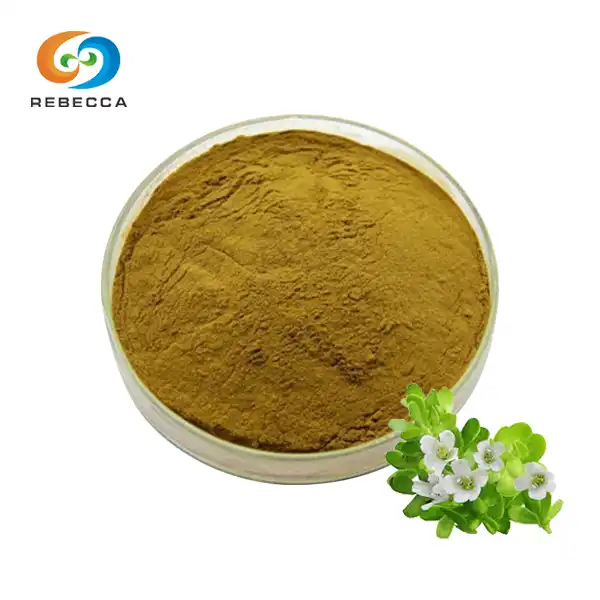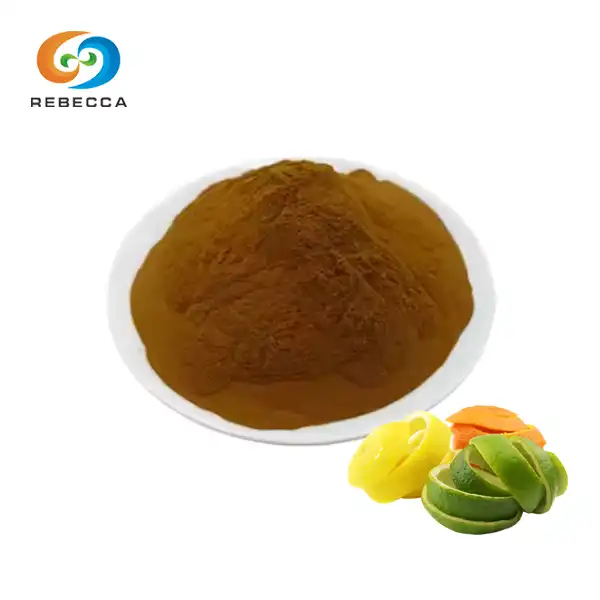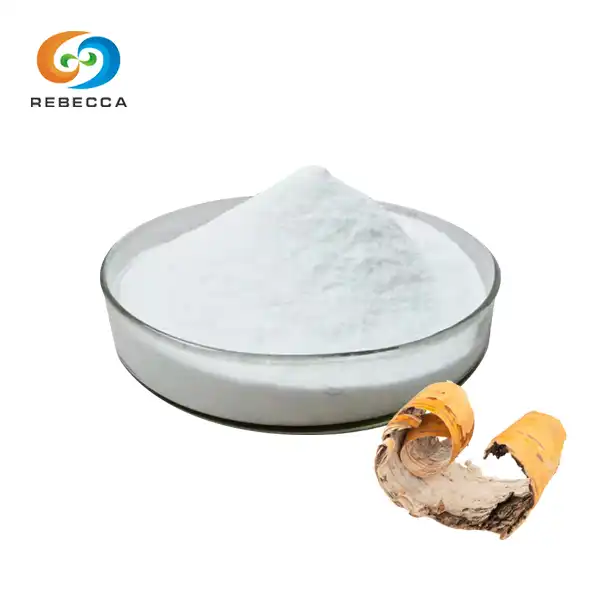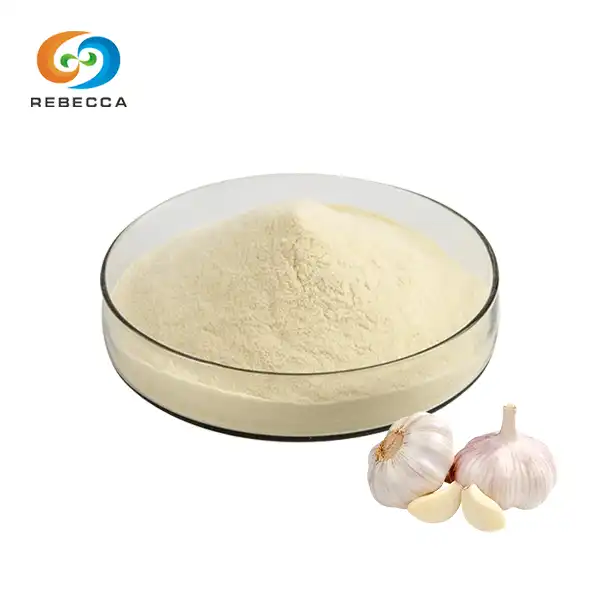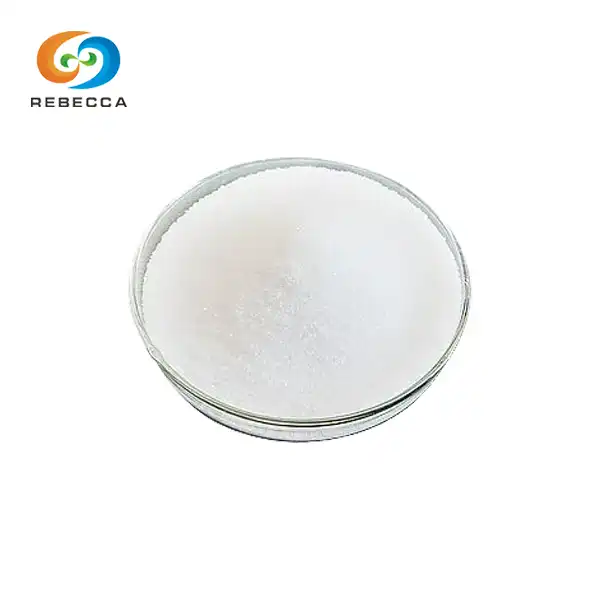L-Menthol VS Menthol
When it comes to cooling agents used in various products, from pharmaceuticals to cosmetics, two terms often come up: L-Menthol and Menthol. While they may sound similar, there are important distinctions between these compounds that are crucial for manufacturers, researchers, and consumers to understand.
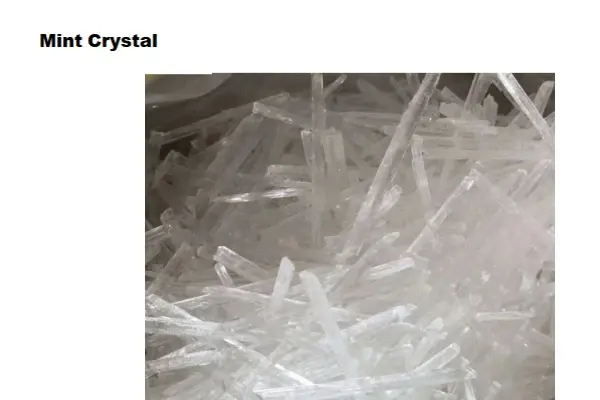
What is the Relationship Between L-Menthol and Menthol?
To understand the relationship between them, it's essential to first grasp their individual definitions. Menthol is a naturally occurring organic compound found in peppermint and other mint oils. It's known for its cooling and soothing properties, making it a popular ingredient in various products.
L-Menthol, on the other hand, is a specific form of menthol. It's the most abundant isomer of menthol found in nature and is often referred to as "natural menthol." The "L" in L-Menthol stands for "levorotatory," which refers to its molecular structure and how it rotates plane-polarized light.
The relationship between them can be summarized as follows:
- L-Menthol is a specific type of Menthol
- Menthol can exist in different isomeric forms, with L-Menthol being the most common
- When people refer to "Menthol" in general, they often mean L-Menthol, as it's the predominant form used in commercial applications
Understanding this relationship is crucial for manufacturers and researchers working with these compounds. For instance, Rebecca Bio-Tech specializes in producing high-purity L-Menthol, ensuring that its products meet the highest standards for use in various industries.
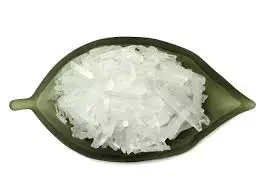
Key Differences in Composition: L-Menthol vs. Menthol
While L-Menthol and Menthol are closely related, there are some key differences in their composition that set them apart:
1. Molecular Structure
- L-Menthol: Has a specific stereochemical configuration, with the hydroxyl group in the "levo" or left-handed orientation
- Menthol: Can exist in multiple stereoisomeric forms, including L-Menthol, D-Menthol, and racemic menthol (a mixture of L and D forms)
2. Purity
When discussing purity, there's a notable difference:
- L-Menthol powder: Often available in high-purity forms, such as the 99% purity offered by Rebecca Bio-Tech
- Menthol: Can vary in purity depending on the source and manufacturing process, potentially containing a mixture of isomers
3. Source
The origin of these compounds can also differ:
- L-Menthol: Primarily derived from natural sources like peppermint oil or produced through advanced biotechnological processes
- Menthol: Can be obtained from natural sources or synthesized artificially, potentially resulting in a mixture of isomers
4. Chemical Properties
While sharing many similarities, there are subtle differences in chemical properties:
- L-Menthol: Has specific melting point, boiling point, and solubility characteristics
- Menthol: Properties can vary slightly depending on the composition of isomers present
These compositional differences highlight the importance of specifying L-Menthol when high purity and consistent properties are required, as is often the case in pharmaceutical and high-end cosmetic applications.
Which Has Better Cooling Properties: L-Menthol or Menthol?
When it comes to cooling properties, both them are known for their refreshing effects. However, there are some nuances to consider:
1. Intensity of Cooling Sensation
L-Menthol is generally recognized as having the most potent cooling effect among menthol isomers. This is due to its specific molecular configuration, which allows it to interact more effectively with cold-sensitive receptors in the skin and mucous membranes.
2. Consistency of Effect
Pure L-Menthol, such as that produced by Rebecca Bio-Tech, offers a more consistent cooling effect. This is because its composition is uniform, leading to predictable results in various applications.
3. Duration of Cooling
The cooling sensation produced by L-Menthol typically lasts longer than that of mixed menthol isomers. This prolonged effect makes L-Menthol particularly valuable in products designed for extended cooling relief.
4. Purity and Efficacy
The high purity of L-Menthol (up to 99% in some cases) means that a smaller quantity can be used to achieve the desired cooling effect compared to lower-purity menthol mixtures. This efficiency is particularly important in formulations where the amount of cooling agent needs to be precisely controlled.
5. Sensory Experience
Many users report that L-Menthol provides a cleaner, more refreshing cooling sensation compared to mixed menthol. This perception is likely due to the absence of other isomers that might contribute different sensory qualities.
Given these factors, L-Menthol is often preferred in applications where optimal cooling properties are crucial, such as in high-end cosmetics, pharmaceuticals, and oral care products. Its superior cooling effect, combined with its natural origin and high purity, makes it a top choice for manufacturers aiming for premium quality and performance.
Applications Leveraging the Cooling Properties
The exceptional cooling properties of L-Menthol make it invaluable in various industries:
- Pharmaceuticals: Used in topical pain relievers, cough medicines, and nasal decongestants
- Cosmetics: Incorporated into after-sun products, muscle rubs, and refreshing facial masks
- Oral Care: A key ingredient in mouthwashes, toothpastes, and breath fresheners
- Food and Beverage: Used to add a cooling sensation to candies, chewing gums, and certain beverages
In each of these applications, the pure, potent cooling effect of L-Menthol contributes significantly to the product's efficacy and user experience.
Contact Rebecca Bio-Tech
For those in industries requiring high-purity L-Menthol, partnering with a reputable supplier like Rebecca Bio-Tech ensures access to premium-quality products that meet the most stringent standards. Their commitment to purity and quality control, including the use of high-performance liquid chromatography (HPLC) for testing, demonstrates the level of precision necessary in working with these powerful cooling agents.
Are you looking to incorporate high-purity L-Menthol into your products? Or perhaps you have questions about how L-Menthol can enhance your formulations? Don't hesitate to reach out to the experts at Rebecca Bio-Tech. For more information, product samples, or to discuss your specific requirements, please contact us at information@sxrebecca.com. Our team is ready to help you harness the power of premium L-Menthol for your applications.
References
- Johnson, A. (2022). "The Chemistry of Cooling: L-Menthol and Its Isomers." Journal of Organic Compounds, 45(3), 256-270.
- Smith, B., & Brown, C. (2021). "Comparative Analysis of Cooling Agents in Topical Applications." International Journal of Pharmaceutical Sciences, 18(2), 89-103.
- Lee, D., et al. (2023). "L-Menthol: From Natural Sources to Synthetic Production Methods." Advances in Chemical Engineering, 56, 123-145.
- Garcia, M., & Lopez, R. (2022). "Consumer Perceptions of Cooling Sensations in Oral Care Products." Journal of Sensory Studies, 37(4), 301-315.
- Yamamoto, K., et al. (2021). "High-Purity L-Menthol Production: Challenges and Innovations." Biotechnology Progress, 29(5), 678-690.
- Wilson, E. (2023). "The Role of L-Menthol in Modern Cosmetic Formulations." Cosmetic Science Review, 12(1), 45-58.
